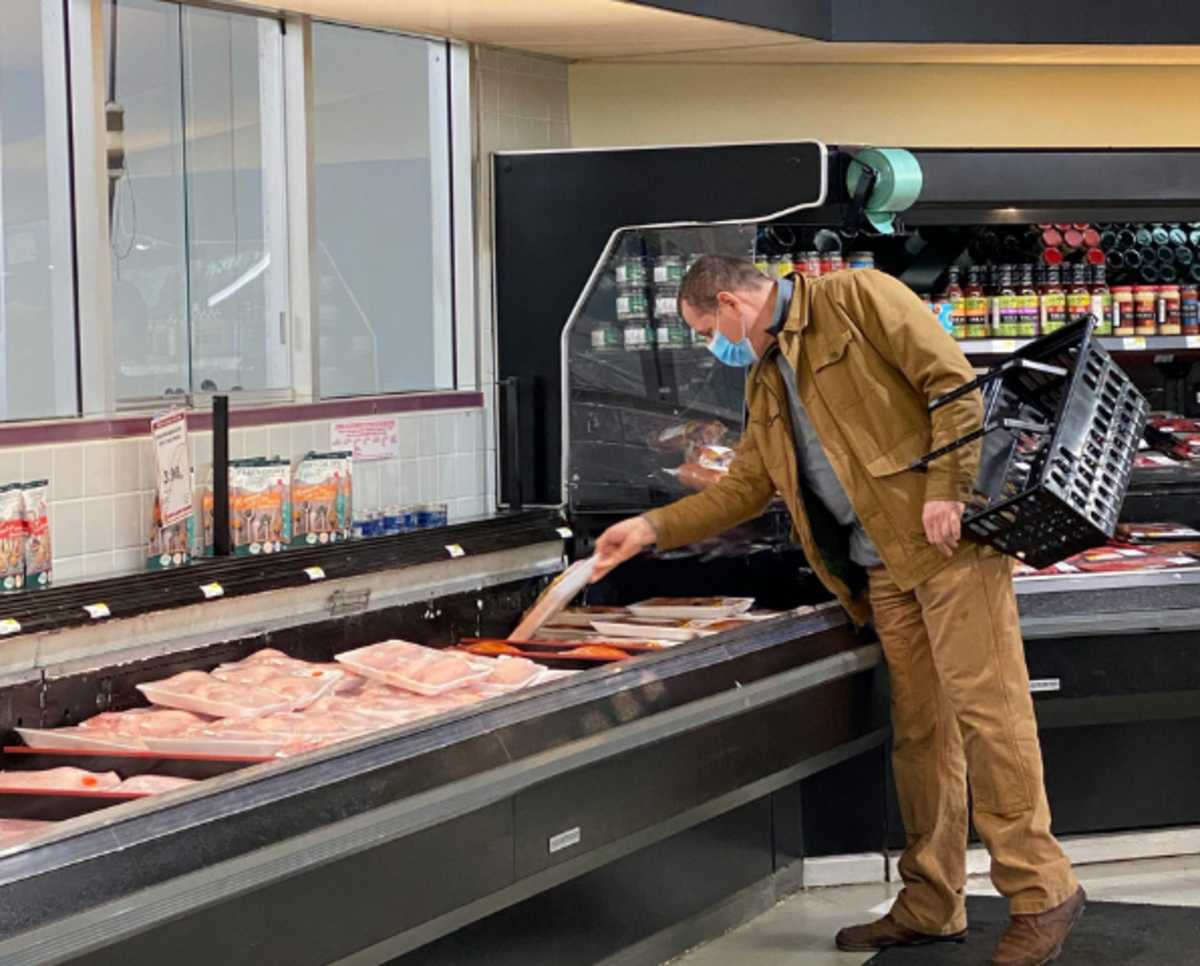New study warns cat parents of ‘deadly pathogen’ in commercial raw foods — health risk extends to children, pregnant women, and elderly

Pet owners have trusted the commercial food products sold in big-name stores for years. A new study has revealed concerning details about raw cat foods containing a "deadly pathogen" for cats. The contaminated pet products also pose risks to human health, particularly for young children, pregnant women, and the elderly. Researchers have warned consumers and pet owners to be cautious when purchasing frozen cat food. They hope the U.S. Food and Drug Administration will take note of their findings and take informed action to prevent potential fatalities.

The study, published in the journal Communications Biology, states that tests conducted on the commercial raw cat food samples found Salmonella, Cronobacter, and E. coli. These were prevalent in raw or partially cooked meat sold in frozen, refrigerated, and freeze-dried forms in supermarkets and online stores. Unfortunately, some strains have also developed resistance to antibiotics, which could be a threat to both pets and human health. Laura Goodman, Ph.D., an assistant professor in the Department of Public and Ecosystem Health, explained to Cornell Chronicle, “Most of these products have no warning labels on them showing that the meat ingredients are not fully cooked, indicating that they could harbor live bacteria and potentially viruses and parasites that would make a family very sick.” She is the senior author of the study and also works at the Baker Institute for Animal Health in the College of Veterinary Medicine.

Goodman further highlighted that freeze-dried products on shelves are particularly dangerous since buyers are unaware of the risks. The scientists compared microorganisms found in cooked and raw cat foods using the same method to culture the samples. Five strains of Salmonella in raw food samples were detected that showed frightening similarities to the strains in human cases. This could be a potential cause for people falling sick from the same products, the researcher hinted. Other pathogens recovered from commercial raw cat food samples were antibiotic-resistant Pseudomonas, a bacterium responsible for causing UTIs, lung and blood infections; Klebsiella, and Clostridium perfringens, in addition to the mentioned pathogens.

Shockingly, the researchers found discrepancies in the labeling of the products and the ingredients present across frozen, cooked, and raw cat food. Some products contained chicken, though not mentioned on the label, which could be fatal for cats in case the food carries avian influenza from poultry. Guillaume Reboul, a former postdoctoral researcher, was the author of the study, which was funded by the Cornell Feline Health Center Natural Nutrition Award. The FDA has not flagged the cat food products yet, as their policies allow them to regulate only a limited number of pathogens that affect humans.

According to PetMD, cats have highly acidic stomachs designed to efficiently digest and absorb nutrients from animal proteins. Pathogens in cat food, like E. coli, Listeria, and Salmonella, can cause food poisoning or other illnesses in felines. Symptoms include vomiting, lethargy, watery diarrhea, fever, cramps, and decreased appetite. Food poisoning is a veterinary emergency and should not be left untreated. It is also worth noting the zoonotic nature of the pathogen, meaning it can transmit to humans.